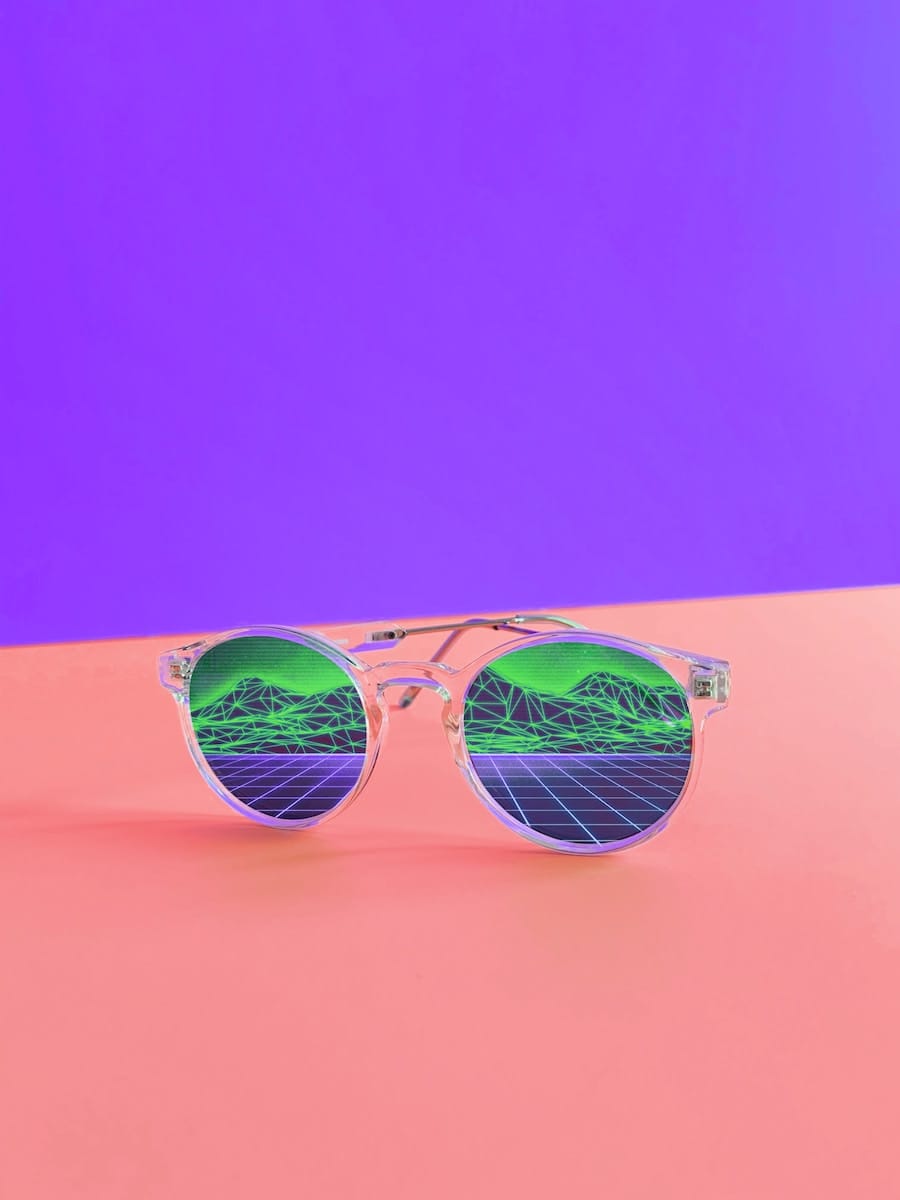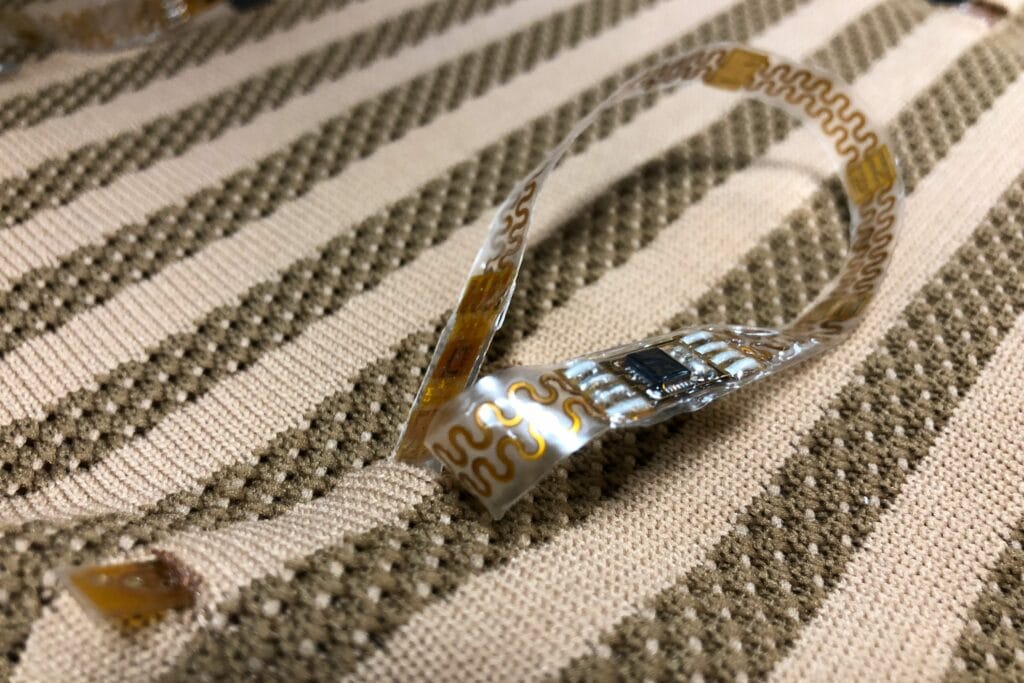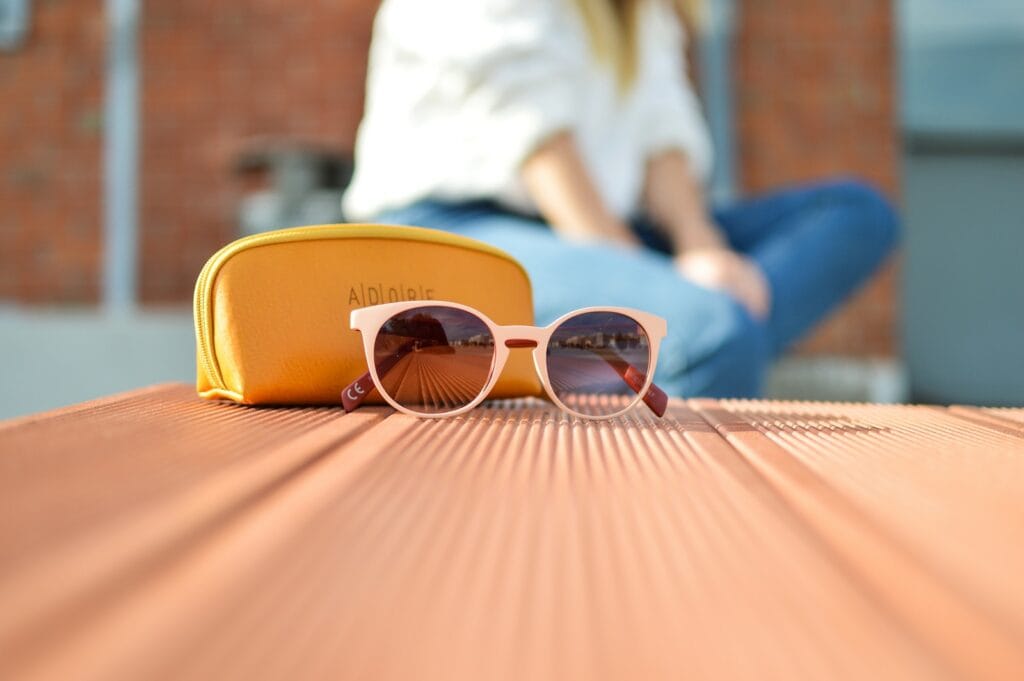Technology’s Influence on Fashion Trends

Technology has revolutionised the way we perceive, produce, and consume style. From the runway to our everyday wardrobes, the fusion of technology and fashion has given rise to an exciting era of innovation and creativity.
Fashion and technology have always been intertwined, but recent years have seen an unprecedented convergence. The digital age ushered in e-commerce, which has dramatically changed how we shop for clothing. Online platforms and mobile apps have given fashion brands direct access to consumers, creating a new era of personalised shopping experiences. This digital disruption has democratised fashion, allowing small, independent designers to reach global audiences without the need for a brick-and-mortar presence.
Augmented and Virtual Reality
The integration of augmented reality (AR) and virtual reality (VR) technologies has given rise to immersive shopping experiences. Brands are now using AR and VR to allow customers to “try on” clothing virtually, eliminating the need for fitting rooms. This not only enhances convenience but also reduces return rates, benefiting both businesses and consumers.
Innovations like AR filters on social media platforms have also become influential in shaping fashion trends. Snapchat and Instagram filters that overlay virtual accessories or clothing have become a popular way for users to experiment with their style. Brands have caught onto this trend, collaborating with influencers and celebrities to create virtual fashion collections that users can incorporate into their digital personas.
Sustainability and Tech-Driven Sustainability
Sustainability has become a buzzword in the fashion industry, and technology is playing a pivotal role in making fashion more eco-friendly. Innovations like 3D printing are revolutionising the manufacturing process by reducing waste and enabling on-demand production. Additionally, new algorithms are helping brands optimise their supply chains, reduce overproduction, and minimise the carbon footprint of their products.
The “smart” fashion movement is another aspect of sustainability and technology convergence. Clothing embedded with sensors and smart textiles can monitor wearers’ health, track their activity levels, or adjust to environmental conditions. These innovations not only enhance the functionality of fashion but also promote sustainable consumption by extending the lifespan of garments.

Data-Driven Design
Fashion has always been about anticipating consumer desires, and technology is making this easier than ever. Big data analytics, powered by machine learning and artificial intelligence, help designers gain insights into consumer preferences and behaviour. This data-driven approach allows brands to create collections that resonate with their target audience, reducing the risk of producing unpopular items.
Social media has become a powerful tool for gauging fashion trends in real-time. By monitoring hashtags, likes, and shares, fashion brands can quickly identify emerging trends and adjust their offerings accordingly.
The Rise of Wearable Tech
Wearable technology, from smartwatches and glasses to fitness trackers, has seamlessly blended into our daily lives. Fashion designers have recognized the need for these devices to be both functional and stylish. Collaborations between tech giants and fashion houses have resulted in wearables that not only track health metrics but also double as fashion accessories.
The fusion of fashion and technology has also given birth to clothing that incorporates cutting-edge tech. From LED-infused dresses to heated jackets, these innovations add an element of style and functionality, setting the stage for a future where our clothing serves multiple purposes beyond mere aesthetics.
Technology’s influence on fashion trends is undeniable. It has disrupted traditional models of retail, empowered consumers with immersive experiences, and contributed to a more sustainable industry. From data-driven design to wearable tech, the fashion world is embracing the digital age with open arms.
The seamless blend of fashion and technology has not only transformed the way we dress but also how we perceive and interact with the world of fashion. Is the future of fashion bound to be even more exciting and technologically driven than we expect?





